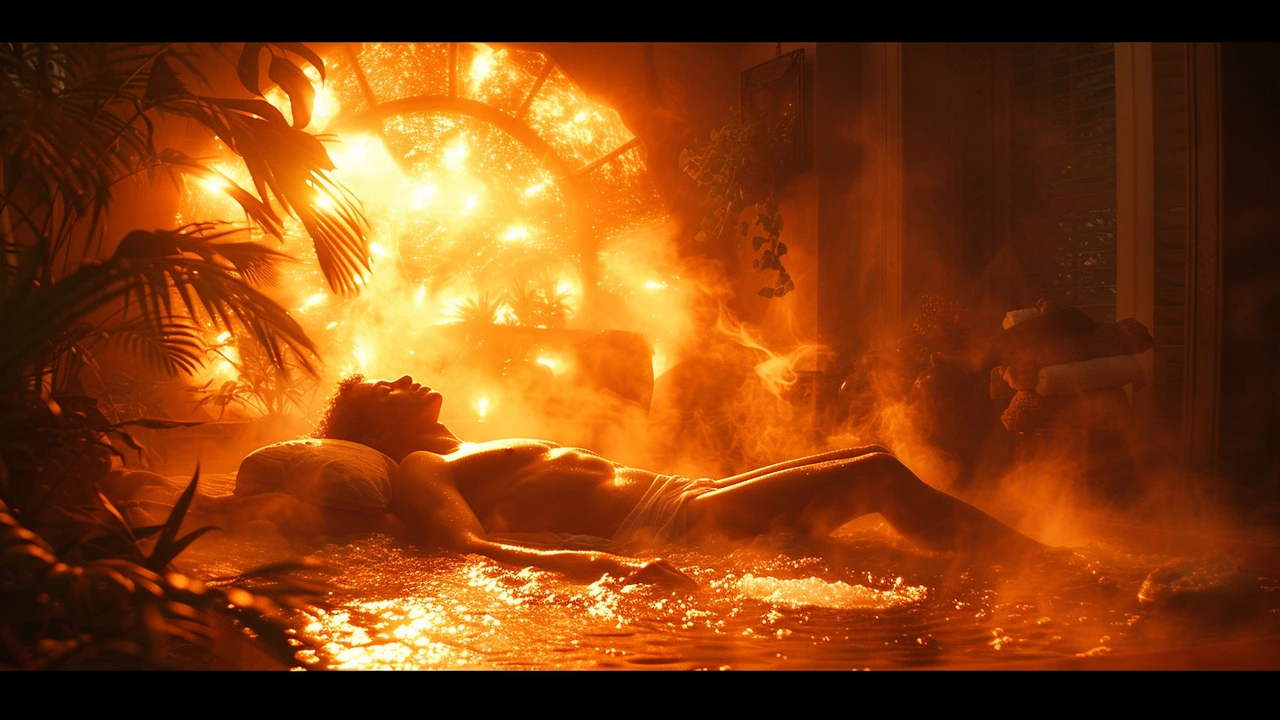Craniosacral Therapy: A Path to Natural Healing
Unlocking the Mystery of Craniosacral Therapy
If you're anything like me, Dante, the first time you heard the term Craniosacral Therapy you probably pulled out your phone and turned to Google for some enlightenment. Honestly, I had imagined it was about cracking skulls or something - it's not, just so you know. It's actually a gentle, non-invasive alternative therapy that many individuals, including myself swear by. With a seemingly low-risk and a promising high-reward approach to natural healing, craniosacral therapy, or CST, has gained mounting interest in recent times.
Craniosacral therapy works on your craniosacral system, which includes your brain, spinal cord, cerebrospinal fluid, and the surrounding membranes. Think of it as being built along the same principle as tuning a musical instrument - too much tension and it could bust, too little, and it doesn’t play properly. So, let’s embark on this journey of understanding how Craniosacral Therapy paves a path to natural healing.
Peeling Back the Layers of Craniosacral Therapy
I will admit that part of my initial intrigue in CST was its origins. Nothing tickles my fancy quite like the opportunity to delve into a backstory, it's like pulling back the layers of a really good onion, or an even better lasagna. And you’d be amazed at how closely the story of craniosacral therapy aligns with that very analogy.
The therapy was developed by an American osteopath, Dr. John Upledger, in the 1970s. Apparently, he came across some interesting patterns while conducting research at Michigan State University. Yes, from there, he unraveled the concept and subsequently created the technique known as Craniosacral Therapy. He established the Upledger Institute to research and teach CST - kind of like the Hogwarts, but for natural healing.
How does CST Work Its Magic?
Well, as stated earlier, Craniosacral therapy works by tending to your craniosacral system. Let's break it down a bit more: the therapist will lightly palpate your body, monitoring the rhythm of the fluid that's flowing around your central nervous system. By doing so, they can detect potential problem areas - this is reminiscent of the way my Golden Retriever, Max, sniffs out snacks hidden around the house. Often, they find the things I had completely forgotten about.
The therapist then uses delicate manual techniques to release those problem areas and relieve undue pressure on the brain and spinal cord. In turn, this could decrease stress and improve your overall health and well-being.
The Versatile Application of CST
And here's the thing, CST isn't just for a particular demographic or exclusively for a specific medical condition just like how my British Shorthair cat, Bella, doesn't restrict her cuddles to the kids, Ethan and Lily, but generously bestows them upon any visitor who comes by. It's widely applicable, from newborns to seniors, and its benefits span a broad spectrum.
The therapy has been found effective in providing pain relief associated with migraines, traumatic injuries, and other chronic pain conditions. Moreover, it also aids in relieving stress, fatigue, and boosting the immune system. Many people swear by the relief they experience with regular CST sessions, and this has contributed significantly to its rising popularity.
A Personal Encounter: Bridging the Gap between Skepticism and Trust
If you're still skeptical at this point, I don't blame you. My own journey into this world of craniosacral therapy started a few years ago when I was dealing with nagging back pain. Despite my best efforts, and multiple visits to chiropractors and physiotherapists, there was limited improvement in my condition. In a wilful act of desperation, I succumbed to my dear friend's recommendation of CST, and that’s where things began to change.
To be completely open with you, during my first session, I felt like falling asleep. It was oddly comforting, almost a soothing me time - an opportunity to completely disconnect from the world. Not quite unlike how I feel reclining on the couch with Max at my feet and Bella purring on my lap, a true blissful trifecta of comfort.
I emerged from the session dumbfounded, the intensity of my back pain had lessened significantly. In disbelief, I attended several more sessions and found my back pain eventually dwindled to being almost non-existent with sustained treatments of CST. That is what led me to advocate for this therapy - my personal transformation.
To wrap it up, just like how Max enjoys chasing his tail around the backyard, I too could continue in circles about the wonders of craniosacral therapy. But I will leave it here for now, in the hope that it's piqued your curiosity to explore this alternative world of natural healing! Remember that more and more people worldwide are embracing CST to distinguish it from their daily lives. And who knows, perhaps it's just the tune-up your body needs. Stay positive, stay healthy, and never stop exploring!







Comments